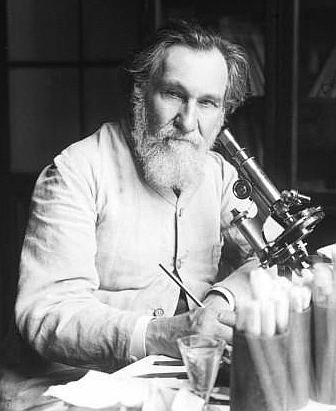 | ||
The modern development of science and technology in Ukraine has its historical origins in the 18th and 19th centuries and is associated, first of all, with the Kyiv Mohyla Academy, University of Kyiv and University of Kharkiv. The founding of Ukraine's main research institution, the National Academy of Sciences of Ukraine, in 1918 by Volodymyr Vernadsky marked an important milestone in the country's subsequent scientific and technological development.
Ukraine's space science advanced rapidly in the aftermath of World War II, with Korolyov, Glushko and Chelomey leading the rocket and spaceflight development in the Soviet Union during the Space Race.
Notable people
References
Science and technology in Ukraine Wikipedia(Text) CC BY-SA
